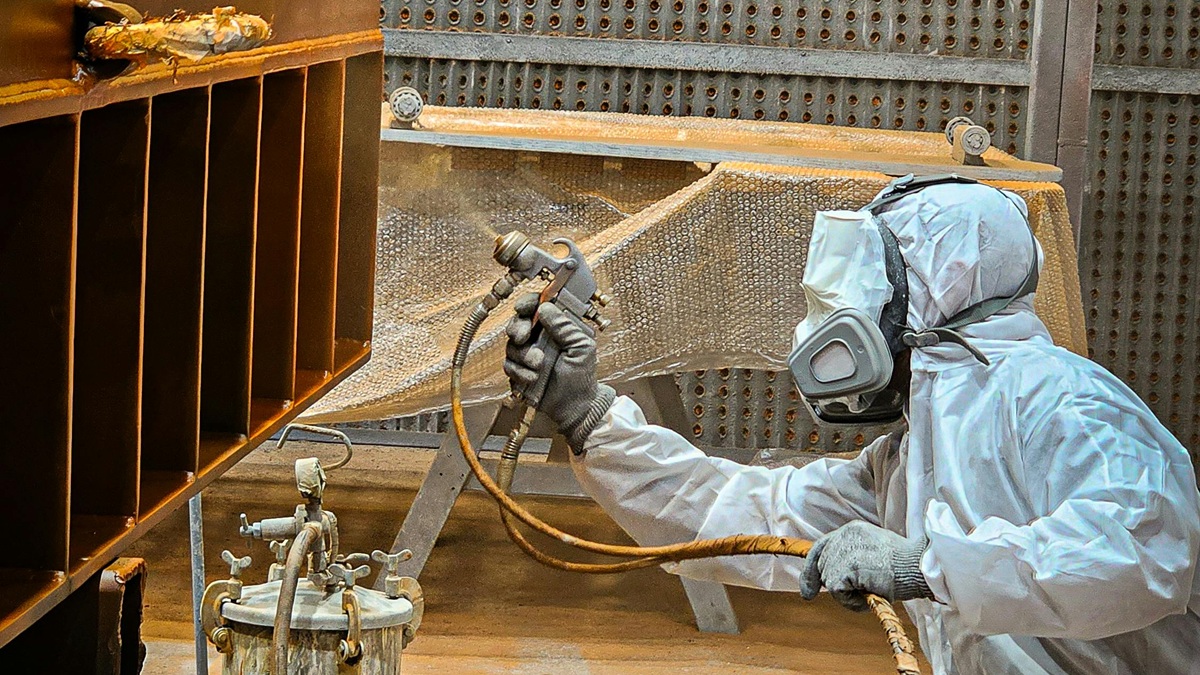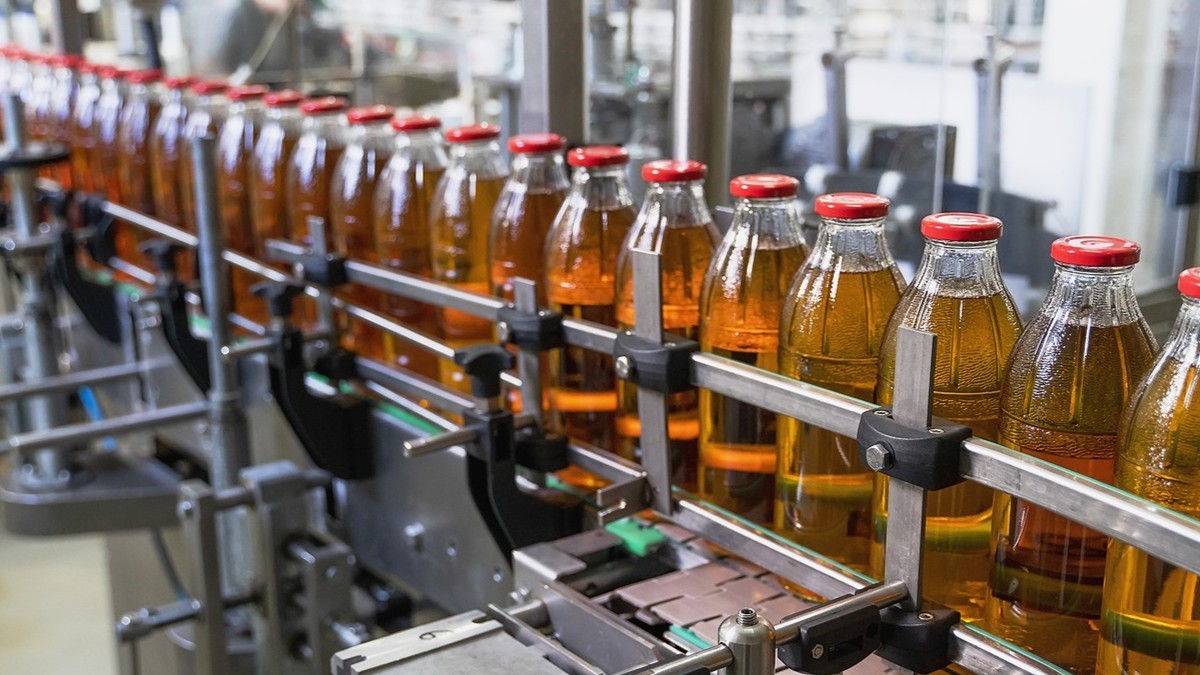Forecast of Technology Industry Trends in 2022
Technology seeks transparent and easy-to-access features, so that technology is no longer limited to a few Human hands; daily life scenes are also expected to be shaped by augmented reality, wearable devices, etc., with a brand-new future look.
Published: Jan 03, 2022
AI and automated devices will fill our lives more in areas such as vehicles, factories, houses, etc.; Data security protection will be strengthened through the cooperation of blockchain and AI.
Technology Industry Trends in 2022
-
Cross-domain remote workers will become the normal state of corporate talent distribution:
As companies continue to expand, workers with the talents required by the company are often not available in the nearby vicinity. To fill this need, companies will often set up teams which work remotely and use remote office methods. When international companies have offices located all over the world, remote communication and collaboration are even more important.
-
Artificial intelligence + medical care:
In the healthcare industry, patient care has traditionally depended on human contact. But now advanced technologies such as machine learning and automation are ushering in dramatic and innovative changes that facilitate the analysis, and sharing of medical data.
-
Enterprise FinTech applications are increasing rapidly:
FinTech, an innovative service combining technology and finance, is no stranger to consumers. However, there are still many application opportunities waiting to be developed in the fields of business-to-business transactions, financial services, insurance services, management of business expenditures, corporate credit cards, and online financial services that integrate account and payment transfers. More and more start-up companies are using these services, and have received support from many corporate customers.
From the consumer side, technologies that are popular in the mass market and easy to use can enter the FinTech field. From the enterprise side, attention is paid to the safety, efficiency, and management of data and other elements. The practical application of this technology has attracted many to invest in new and innovative ventures.
-
Telecom companies develop 6G technology:
With its ultra-fast transmission rate and low latency, 5G enables applications such as smart city, virtual reality, augmented reality, immersive collaborative experience, and autonomous vehicles to be practiced. As the technology matures in 2022, more applications such as smart medical care, factory automation, and augmented reality will be expanded.
Nowadays, 5G has a real-time connection function, which can maintain a stable connection state. The low latency of 5G is more sensitive to "haptic applications", which can effectively improve the simulation of tactile experiences. Applications are extended to robotic surgery and remote medical treatment, video games, etc. 5G technology combined with low-orbit satellites is continuing to be developed for commercial use. In environments where it is difficult to install 5G base stations, low-orbit satellites ensure real-time stability of network connections.
Faced with pressure for digital transformation, telecom operators are combining 5G with network-centric business models and investing a lot of resources in the development of 6G technology. More governments and major manufacturers will invest in the United States, China, the European Union, South Korea, and Japan, etc., Governments are cooperating with public and private entities to research 6G technology. 6G technology emphasizes the integration of diversified XR devices, including VR, AR, MR, 8K, and more. The use of Holography technology will make communication more real. Remote work, systems control, medicine, and education can be promoted, and the coverage can extend to the sky, the ocean, and even into space.
-
12-inch wafer foundry capacity growth:
Semiconductor demand led by 5G, coupled with increasingly tense geopolitical factors, in addition to accelerating global digital transformation needs such as the epidemic, has driven panic stockpiling. These structural changes to the semiconductor market have resulted in the demand for foundry production seriously exceeding supply. Therefore, major foundries have announced expansions or new fabs to meet the needs of consumers for electronic products such as smartphones, TVs, laptops, game consoles, etc. Servers, the Cloud, the Internet of Things, electric vehicles/autonomous driving, 5G base stations, and other applications are driven by mid-to-long-term technological developments. It is estimated that in 2022, the average annual production capacity of global wafer foundries will increase by about 6% and that for 12-inch wafers it will increase by about 14%. The demand for 12-inch wafers has led to the greatest shortage of supply today.
-
The output of smartphones is expected to rebound:
It is expected that as the impact of the epidemic slows, the demand for smartphones in 2022 will return to the levels of 2019. It is estimated that 1.39 billion units will be a produced in 2022. Innovation, demand, and market share for folding style smart phones is continuing to increase, but the growth rate is slow. Innovation is focusing on the optimization of existing functions, but the innovation range is not high.
As a result of the China government’s active promotion of 5G, the global market share of 5G grew rapidly to 37% in 2021. The base station coverage rate is steadily increasing, and it is estimated that the penetration rate of 5G mobile phones in 2022 will reach 47%. The development of the smartphone market in 2022 will still depend on changes in the epidemic. Current foundry supply capacity is still quite low, and the acquisition of components and other resources has kept the cost of mobile phones high, thereby influencing the market growth.
-
The main battlefields of the Internet of Things:
With the boom in the 5G and semiconductor industries, nearly 20 billion devices have been connected to the Internet of Things. Development of the Internet of Things industry 2022 will continue to be based on AI and sustainability for the coming year. Three main battlefields of technology in 2022 will include:
- The green Internet of Things which appeals to environmental sustainability and reduction of carbon emissions.
- The Internet of Space Things that connects everything. The meta-universe Internet of Things focused on data calculation and mirroring reality.
- Each technology is expected to become a core technology of the cross-domain layout of major industries, and the main axis of the design of IoT products and services.
Extending this foundation to end applications, the Internet of Things in 2022 will empower diversified vertical fields with more stable, real-time, energy-saving, and predictable benefits. In mainstream Internet of Things applications in the market, smart city environmental monitoring and epidemic prevention management, home safety and immersive entertainment of smart homes, virtual and real integration and digital simulation of smart manufacturing, and remote services and precision medicine of smart medical care are four core areas leading enterprises to transform and evolve.
-
Server shipments will grow:
In recent years, due to the popularization of 5G business transfers and smart terminal devices, most of the application services are integrated through the cloud, terminal, and the Internet. In particular, application services that rely on huge data for calculation and training, accompanied by virtualization platforms, cloud storage, and technological development has led to an increasing demand for servers. Server shipments in 2022 are expected to grow by 4~5%. In 2021, the server supply chain continued to be affected by the epidemic, and the demand for stocking in advance was obvious, prompting the purchase momentum of components at all levels to be stronger than at the beginning of the epidemic. This was not only reflected in increased server DRAM purchase orders but also shown in the accelerated evolution of DRAM production.
Due to changes in work patterns and lifestyles driven by the epidemic, cloud services such as remote office and teaching, and cloud application services (SaaS) has led to an expansion in demand for more flexible models (IaaS, PaaS) in infrastructure. Continued expansion of applications has also pushed up overall server demand. Most companies’ purchases of infrastructure have gradually shifted from capital expenditures with high input thresholds to more flexible operating expenses. Therefore, in addition to existing server purchase orders, Cloud Digital Transformation has also been accelerated, led by Dell and HP. Enterprise server suppliers have also begun to adjust production plans and shipping arrangements to meet related needs.
-
Electric vehicles have entered a period of rapid development:
As the global call for the reduction of carbon emissions continues to rise, countries continue to push for the use of electric vehicles. Country regulations and policies actively strive to localize electric vehicle production and encourage companies to set up domestic factories. The entire industry is preparing for the transition from the mainstream market to electric vehicles. As car models and sales continue to rise, automakers are facing several strategic adaptations required for transformation. Chip shortages and the epidemic have disrupted the stability of the supply chain, making "guaranteed supply” and "flexible management" extremely important.
In 2022, focus on semiconductors, batteries, and closed-loop ecological chains will continue. For autonomous driving, with the increase in chip computing power and sensor performance, as well as the increase in 5G coverage and the release of regulations, (Level 3 to Level 4) autonomous driving will be implemented in commercial vehicles and passenger vehicles. Self-driving commercial vehicles will expand commercial services, and passenger cars will be equipped with autonomous driving technology. The design of operation design domain (ODD) is an important commercial condition for self-driving, and "conditional autonomous driving functions" have become the consensus of the industry and society.
-
The decreasing supply-demand ratio of large-size panels:
The panel craze caused by the outbreak of the pandemic has gradually faded, and the panel industry entered a turning point in the second half of 2021. There is no longer a severe supply shortage of components, with only certain key components still out of stock. However, on the demand side, with the slowdown in demand and overstocking from the past year, and several panel manufacturers having launched a new round of expansion plans, the supply of the large-size panel market is gradually developing a surplus. The supply of large-size panels will be 5.4% of sales in 2021, and it is expected that the supply capacity will reach 7.3% in 2022. Whether this can create a rebound opportunity will affect how panel makers adjust their utilization rate, product mix, and price structure.
In the mobile phone market, AMOLED panel technology is gradually maturing and the market scale is gradually expanding. The penetration rate is expected to increase from 42% in 2021 to 47% in 2022. LTPS LCD production capacity shifted to mid-size applications. However, the output of AMOLED panels may still be constrained by the current supply of OLED DDI, which is still in short supply. The growth and decline of AMOLED panels and LTPS LCD panels in the mobile phone market in 2022 remain to be seen.
- Micro & Mini LED display industry to upgrade:
2022 will be the year when Mini LED and Micro LED will gradually be commercialized and mass-produced on new displays. Many brands have plan to use Micro LED and Mini LED in new products and expect Micro and Mini LED to take the lead in layout. Priority will be to seize the technology and dominate the supply chain of Micro and Mini LEDs, and at the same time keep a high degree of pricing flexibility.
Major international manufacturers have introduced Mini LED backlights for flat panel and TV light sources, and all place priority on the key technologies of Mini LED backlighting. They adopt COB (Chip On Board) solutions with high technical content for Mini LED backlights. By making the spacing of Mini LEDs in the backlight arrangement smaller, the distribution density of Mini LEDs on the backplane is greatly increased. With a more detailed driving programs, sharper backlight partitions can be achieved, giving higher contrast and enhanced highlights. In addition, Micro LEDs with smaller LED chips are being applied to large, self-luminous displays, which will create the next wave of display industry upgrades.
-
Improvements in the application of AR and VR devices:
With the development of Metaverse and other issues once again driving interest in AR and VR, coupled with the epidemic that has promoted digital transformation and an interest in remote interactive applications, more manufacturers will be encouraged to enter the AR and VR field. It is estimated that the total shipment of AR and VR devices will reach 12.02 million units in 2022. The development of the hardware for AR/VR will include the headset itself, the sensors for tracking and sensing of the hands and limbs, the tactile feedback system on the controller or wearable device, and even for the acoustic function on the headset. In addition to commercial applications, stand-alone VR devices with sensor designs, including more camera modules, will become a more common choice in the consumer market. AR/VR devices used in a more mature 5G network environment, with virtual communities, and more human interaction, will be a key focus of manufacturers' investment in 2022.
Published by Jan 03, 2022
Source :eettaiwan,
Source :technews



.jpg)








.jpg)
.jpg)
.jpg)